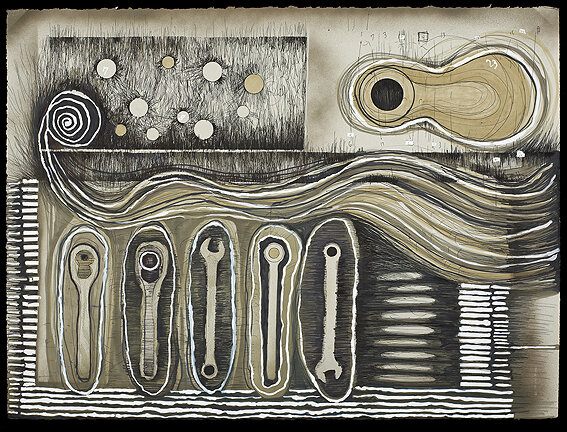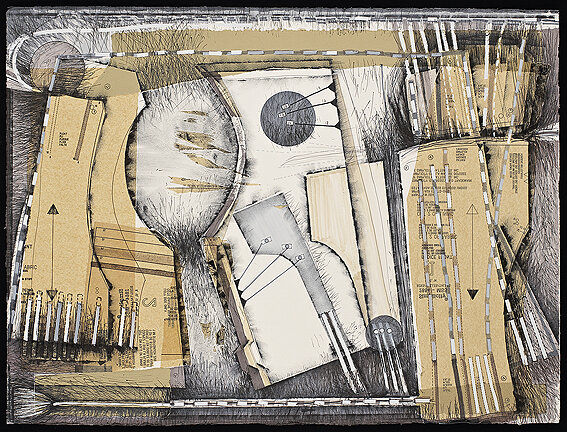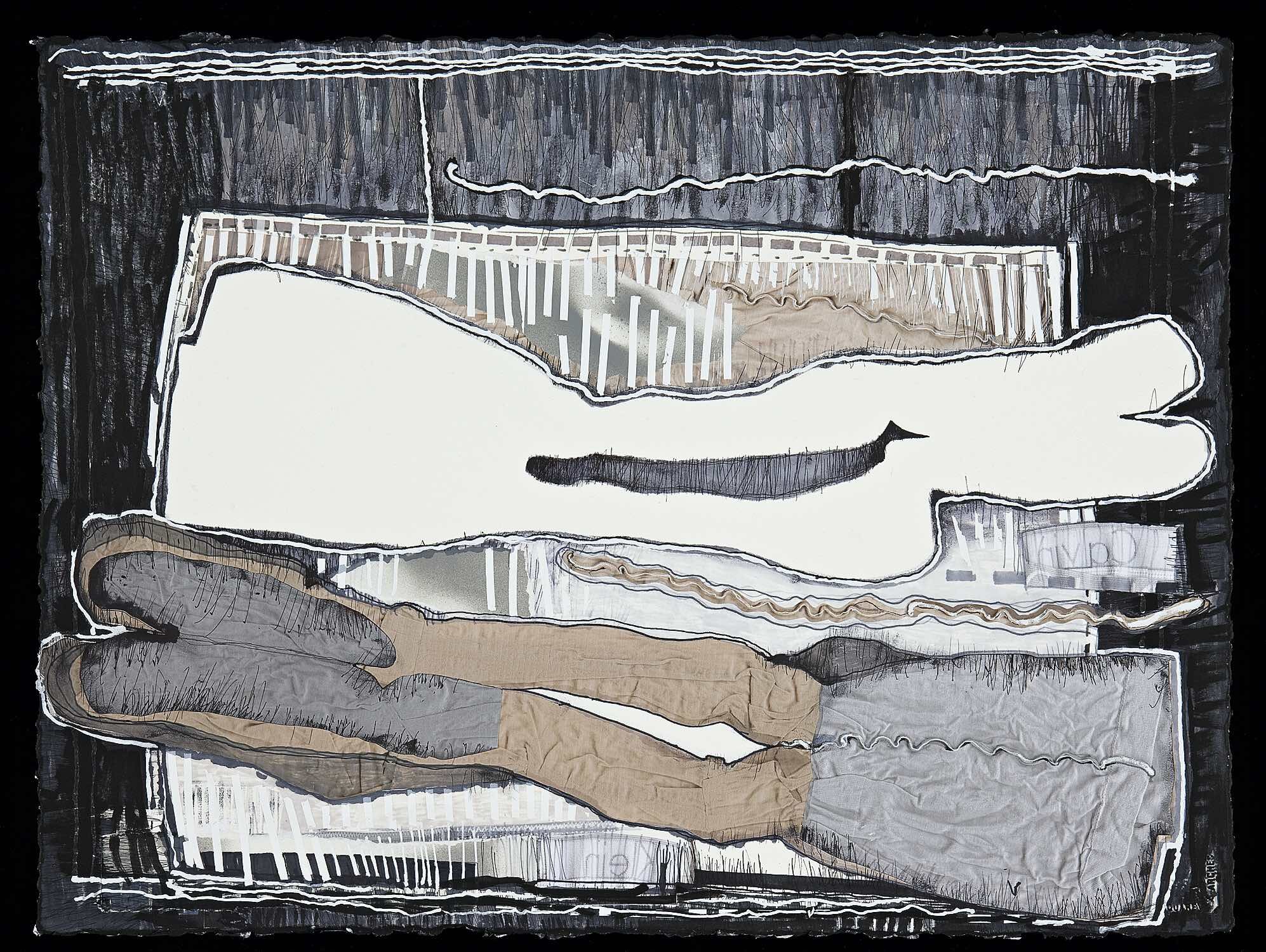WARDROBE INTERIOR DRAWINGS
Wardrobes are a physical stand in for the human psyche. Wardrobes enclose drawers. Drawers are containers holding information that can reveal intimate details about the user; they hold clusters of objects, each a point radiating a different psychology. The French philosopher, Gaston Bachelard, wrote about the intimacy of the home, suggesting that wardrobes are the most revealing of all furniture. The wardrobe is an arcane piece of furniture, used to hold drawers and hang clothes, rendered obsolete by the use of closets.
After a fire at my parents house, the house where I grew up, in the burned through living room, I approached a blackened wardrobe that had been passed down from my grandparents. As I pulled the first drawer of the wardrobe, the façe came away in my hands, revealing an x-ray like view into the preserved ash contents of the drawer. First drawer-piles of old letters seen edge to blackened edge held together by black ribbons. Second drawer- children’s art projects, my own and my siblings’, preserved in blackened silhouettes of turkeys and pilgrims. Third drawer- melted scotch tape, charcoal ribbons, and strangely intact scissors. Each drawer held momentoes that I had not even known or remembered, catalogued differently, dissolving if touched.
The Wardrobe drawings chronicle the drawers of embers, the remains of artifacts of my past, of regret and what I think I imagine was once there. The drawings are made with ink and white-out, the white-out blocking words and memories. I use stencils as indices, controlling marks, referencing the dissolving structure of the wardrobe and the missing objects of memory. The drawings themselves become a tribute of sorts to impressions not fully recalled.

























